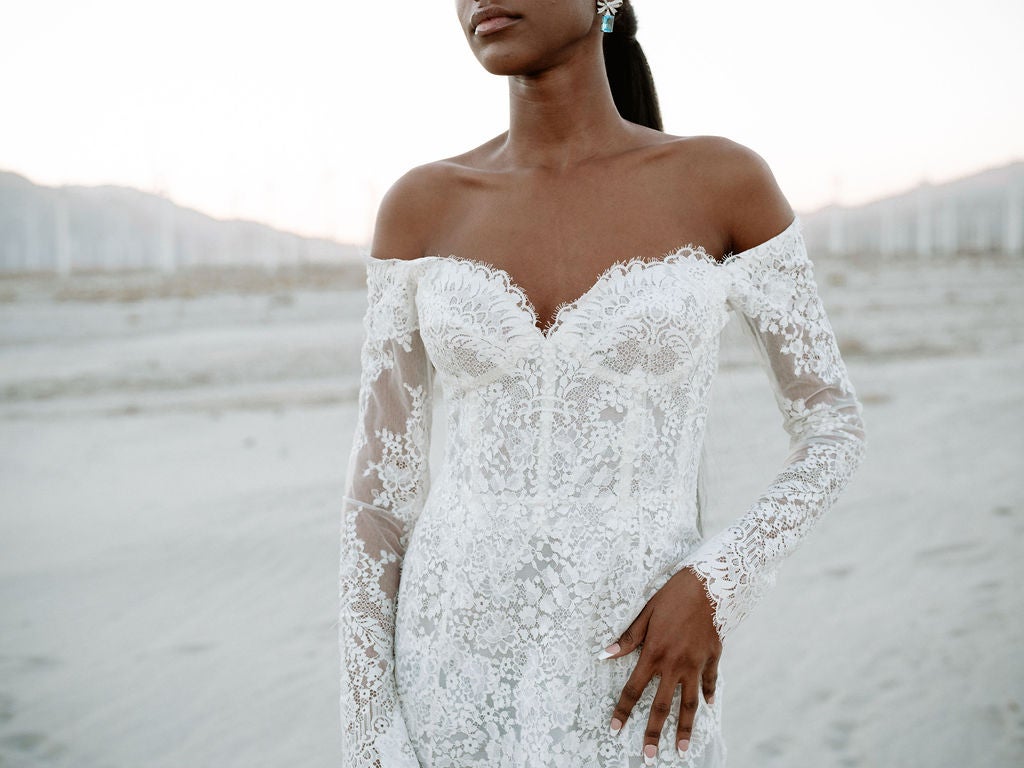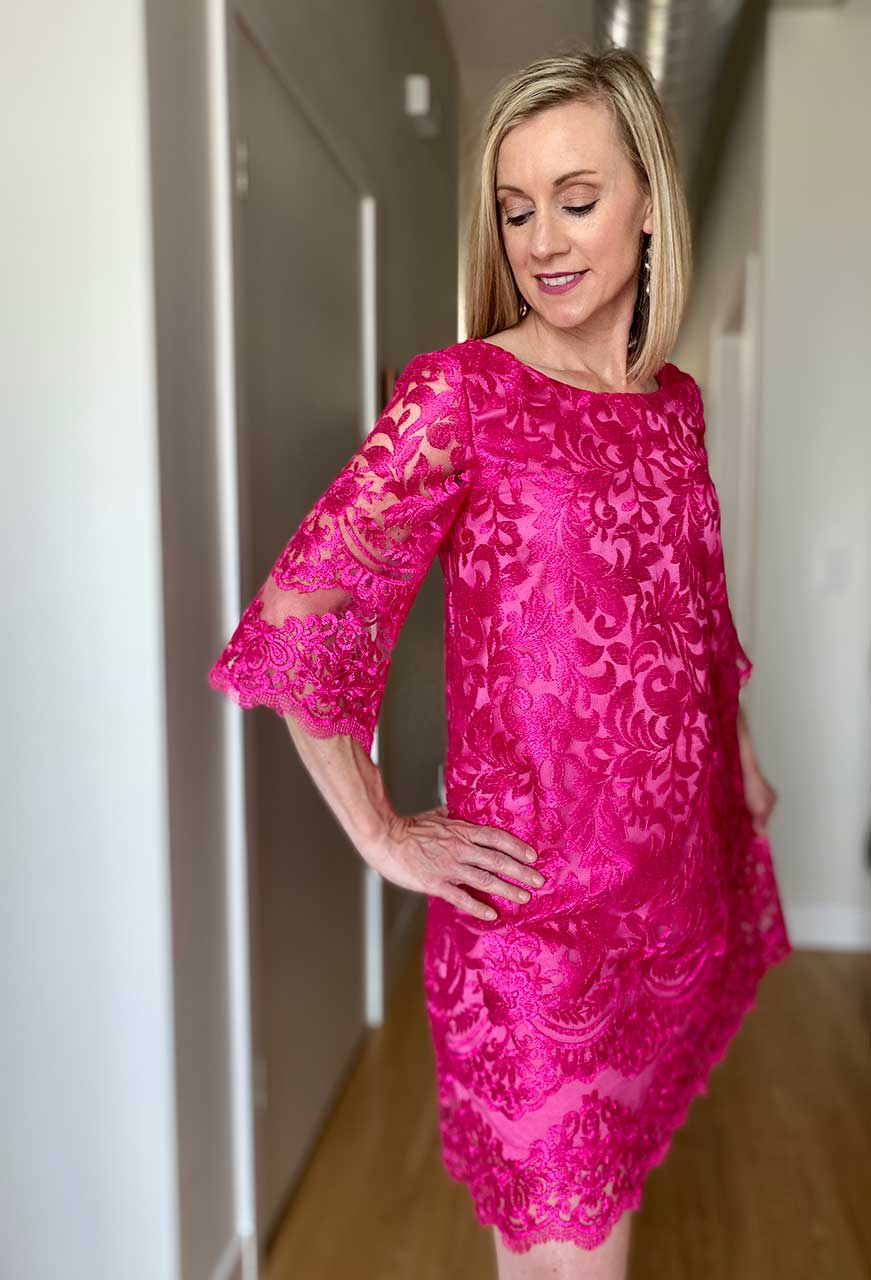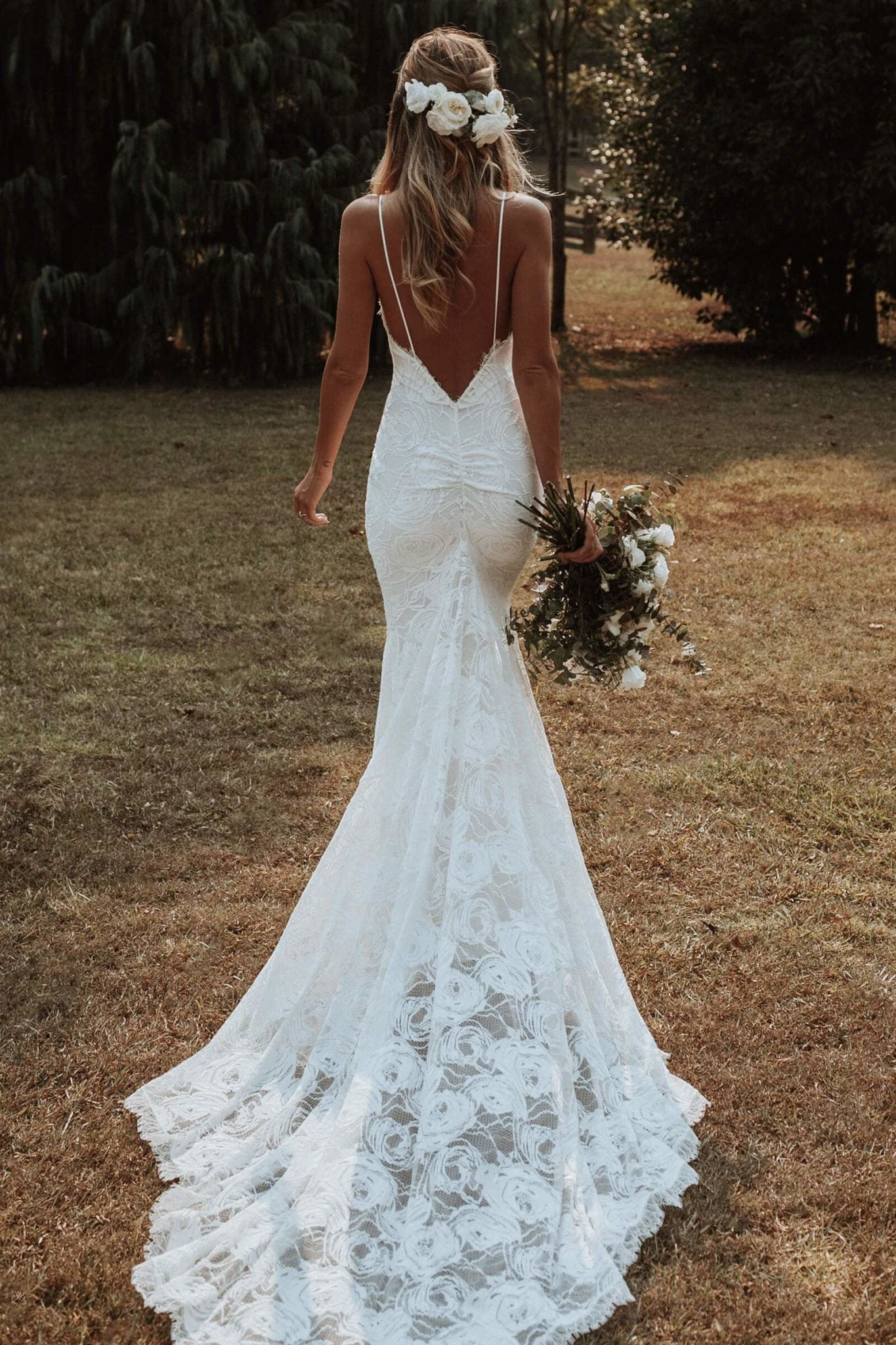The Alluring Charm of Lace on Dresses
Lace, a delicate fabric with an intricate pattern, has been a staple in the world of fashion for centuries. Its allure lies not only in its aesthetic appeal but also in the craftsmanship and history that it embodies. The use of lace on dresses is a testament to the enduring elegance and sophistication that lace brings to any garment. This article delves into the captivating charm of lace and its impact on the fashion industry.

A Brief History of Lace
Lace originated in the late 15th century in Flanders, now part of modern-day Belgium. It quickly became a symbol of wealth and status due to its intricate and labor-intensive production process. Over time, lace-making techniques spread across Europe and evolved into various styles, each with its unique characteristics. Today, lace is produced worldwide, but the traditional lace from Flanders, Chantilly, and Venice is still highly prized for its quality and heritage.
The Art of Lace Making
The art of lace making is a meticulous process that involves either hand or machine work. The handcrafted variety is often more expensive due to the time and skill required to create it. Lace can be made from a variety of materials, including silk, cotton, linen, and synthetic fibers. The intricate patterns are created by looping, twisting, and weaving threads together, resulting in a fabric that is both strong and delicate.

Lace in Fashion
Lace on dresses has been a favorite among designers and fashion enthusiasts alike. Its versatility allows it to be used in various styles, from classic and romantic to modern and edgy. Lace can be found on wedding gowns, cocktail dresses, and even casual wear, adding a touch of elegance and femininity to any outfit. The fabric’s intricate patterns and delicate texture make it a popular choice for special occasions and red carpet events.
Lace and Femininity
Lace is often associated with femininity and sensuality. Its delicate and intricate design speaks to the softness and beauty of the female form. In literature and popular culture, lace has been used to symbolize purity, innocence, and romance. For example, in Jane Austen’s novels, lace is frequently mentioned as a detail in the characters’ clothing, reflecting their social status and personal taste.
Modern Interpretations of Lace
While traditional lace patterns continue to be popular, contemporary designers are also exploring new ways to incorporate lace into their collections. They experiment with different textures, colors, and combinations with other materials to create unique and innovative designs. The modern approach to lace on dresses often involves a fusion of classic elegance with a contemporary twist, appealing to a new generation of fashion-forward individuals.

Celebrity Endorsements
Lace on dresses has also been embraced by celebrities, who often choose lace gowns for red carpet appearances and other high-profile events. A notable example is the Duchess of Cambridge, who has been seen in lace dresses on multiple occasions, showcasing the timeless appeal of the fabric. “Lace is a classic fabric that never goes out of style,” she once remarked, highlighting its enduring charm.

Conclusion
In conclusion, the allure of lace on dresses is multifaceted, reflecting a rich history, artistic craftsmanship, and a universal appeal to elegance and femininity. As fashion evolves, the use of lace in dress design continues to captivate and inspire, proving that it is not just a fabric, but a statement of timeless beauty and grace.






